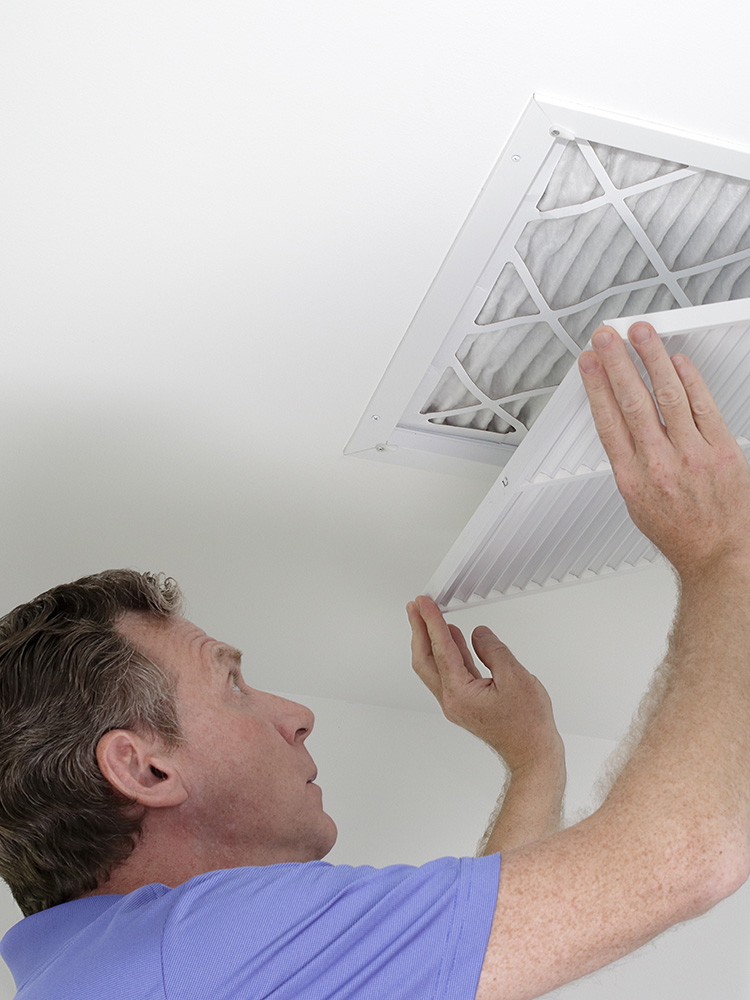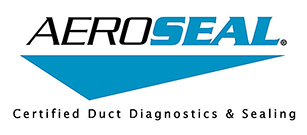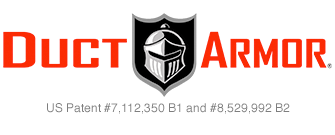FAQs
Frequently Asked Questions
Below is a series of commonly asked questions and answers that many consumers have asked in the past. If your question is not answered below, please contact us for more specific information.
Q: What size of holes can be sealed using Aeroseal?
A: Holes up to 5/8 of an inch wide.
Q: Does the sealing material become brittle?
A: The vinyl sealing material remains rubbery, never cracking.
Q: How long will the sealing material last?
A: The vinyl sealing material has been found in rigorous testing to last over 10 years without failure.
Q: Do ducts need to be cleaned before sealing?
A: Ducts do not have to be cleaned before the sealing application.
Q: Does the sealant coat the inside of the ductwork?
A: The sealant only sticks to the holes in the ductwork without coating the rest of the duct.
Q: Is the sealing material used by Aeroseal safe?
A: The vinyl polymer is safe, using the same base material as used in chewing gum, and is UL tested and approved.
Q: Does the sealant leave an odor?
A: The Aeroseal process leaves no lingering odor, and since the material does not put off gas over time, there will be no odor for the life of the product.
Q: If the rooms of my home have inconsistent temperatures, can Aeroseal help?
A: Aeroseal can help improve the comfort of your home by reducing the difference in temperature in rooms throughout your home.
Q: Can Aeroseal help reduce my utility bills?
A: Some homeowners have saved over $300 a year on utility bills after having Aeroseal seal the ductwork of their home.
Q: Can Aeroseal reduce the noise made by the return and supply grilles in my home?
A: If the ductwork is poorly designed or installed, not enough air may be able to pass through your indoor coil, freezing up your system, and creating a wet, loud, and costly problem. If the ductwork is undersized, the air travels at a faster rate and creates noise. If the return grilles are undersized, the air travels through the grille at a higher rate of speed and makes noise.
Q: Can Aeroseal reduce the amount of dust in my home?
A: Ductwork runs through attics, crawl spaces, basements, garages, and walls. Leaky return ducts pull in dust and pollutants, sends them through the furnace, and then out into the living area of you home through the supply ducts. Aeroseal can reduce the amount of leakage by as much as 90%, reducing dust and other pollutants from entering your home.

Jett-Seal is an official Aeroseal™ and Duct Armor® product dealer.


